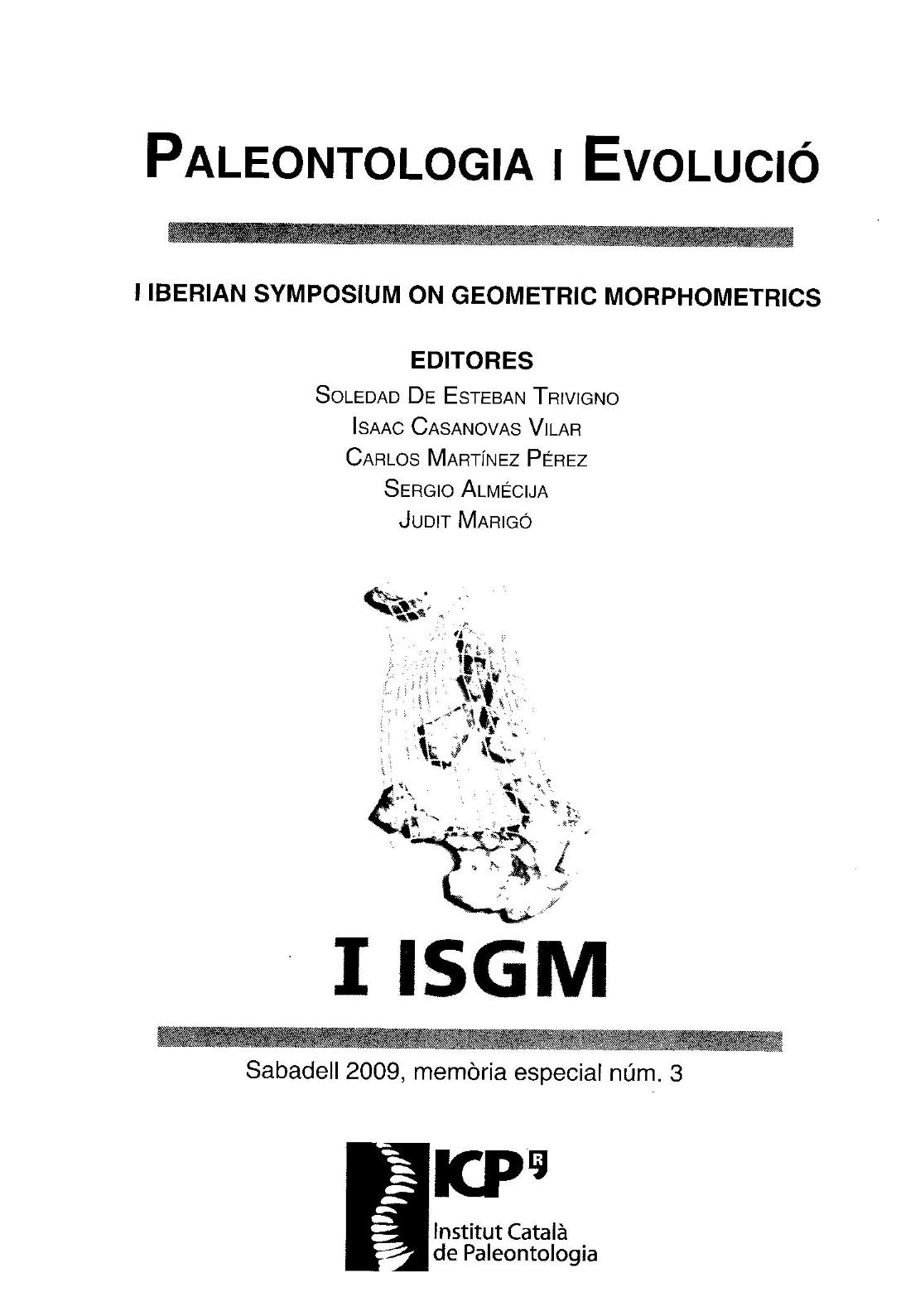Artículo
Ontogeny of the Mandible of Aegla uruguayana (Decapoda, Anomura): A Geometric Morphometric Approaches
Fecha de publicación:
12/2009
Editorial:
Instituto Catalan de Paleontología
Revista:
Paleontologia i Evolucio
ISSN:
0211-609X
Idioma:
Inglés
Tipo de recurso:
Artículo publicado
Clasificación temática:
Resumen
Within the field of study of the morphology of the crustaceans, Garm & Hoeg (2000) state that one of the most interesting lines of research because of its complexity, is addressed by the analysis of the mouthparts. According to other authors (Cartes, 1993), this complexity has played a fundamental role in the colonization success of this group, showing a remarkable range of food options. Aegla uruguayana is a freshwater anomuran crab that lives in lotic and lenitic freshwater environments of the southern state of Río Grande do Sul in Brazil, and in Uruguay and central and northwest Argentina (Bond-Buckup & Buckup, 1994). This decapod belongs to the unique family of anomurans that colonized freshwater environments (Schmitt, 1942). The aim of this work is to analyze the patterns of the mandible of A. uruguayana on specimens of various sizes to determine if juveniles and adults may have different food options. Digital pictures of all specimens were taken using a Moticam 1000 digital microscope camera. Seven landmarks and three semi-landmarks were recorded on the dorsal view of the cephalothorax through the tpsDig program (Rohlf, 2004). Configurations were superimposed through the Generalized Procrustes Analysis (Rohlf & Slice, 1999) in the tpsRelw program (Rohlf, 2005). Shape variation between samples was first explored through Relative Warp analysis. The mandible shape differed among dietary classes (juveniles, sub-adults and adults). The RW 1 showed that the smooth molar process was the dominant deformations. Moreover the RW2 reflected shape variation in the mandible according to molt cycle stage. The MANCOVA reveled significant differences (P<0, 05) between juveniles, sub-adults and adults. Thus, the temporal proximity to the phenomenon of moulting and the degree of wear of the incisor process could explain this pattern. This could be explained by the low frequency of consumption of plant debris in juveniles compared with adults. Based on these results, it is possible to argue that mechanical destruction of this item would accelerate the erosion of the mandible. Adding to this, the longest period of time between ecdysis events maybe explain these results.
Palabras clave:
FRESHWATER ANOMURAN
,
ONTOGENY
,
MANDIBLE
,
GEOMETRIC MORPHOMETRIC
Archivos asociados
Licencia
Identificadores
Colecciones
Articulos(INALI)
Articulos de INST.NAC.DE LIMNOLOGIA (I)
Articulos de INST.NAC.DE LIMNOLOGIA (I)
Citación
Williner, Verónica; Giri, Federico; Collins, Pablo Agustin; Ontogeny of the Mandible of Aegla uruguayana (Decapoda, Anomura): A Geometric Morphometric Approaches; Instituto Catalan de Paleontología; Paleontologia i Evolucio; mem; 3; 12-2009; 117-118
Compartir




